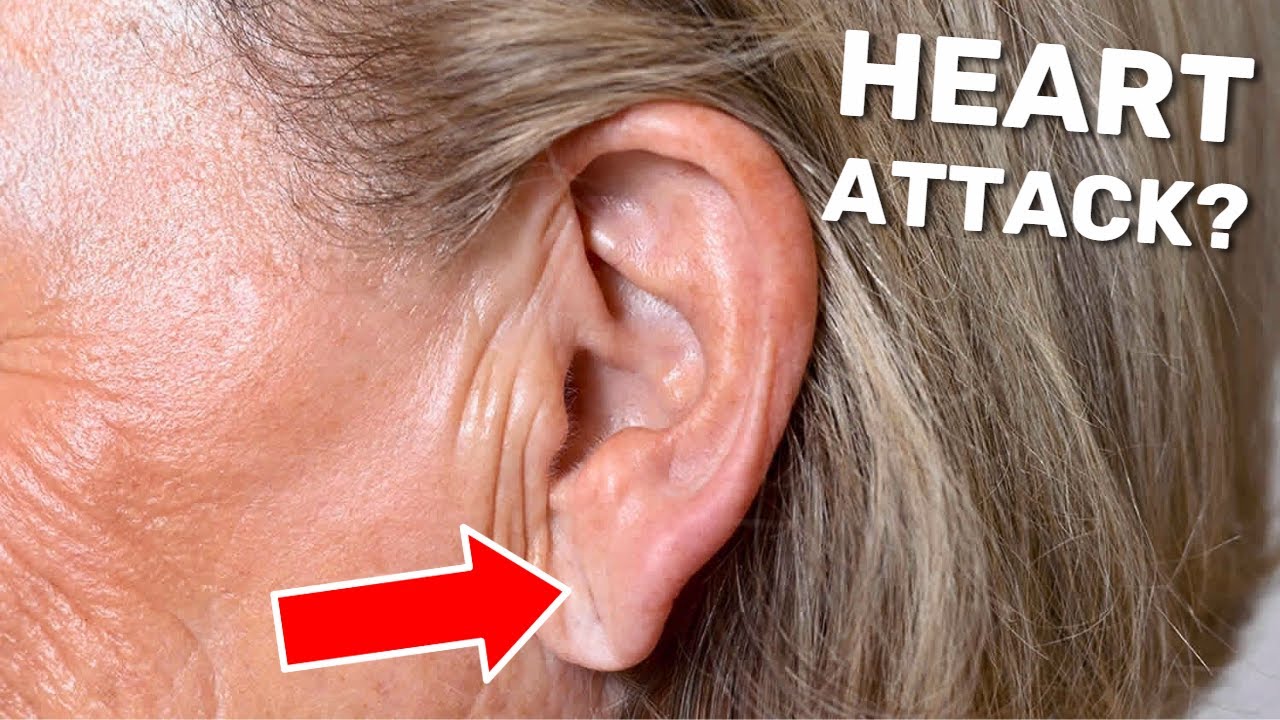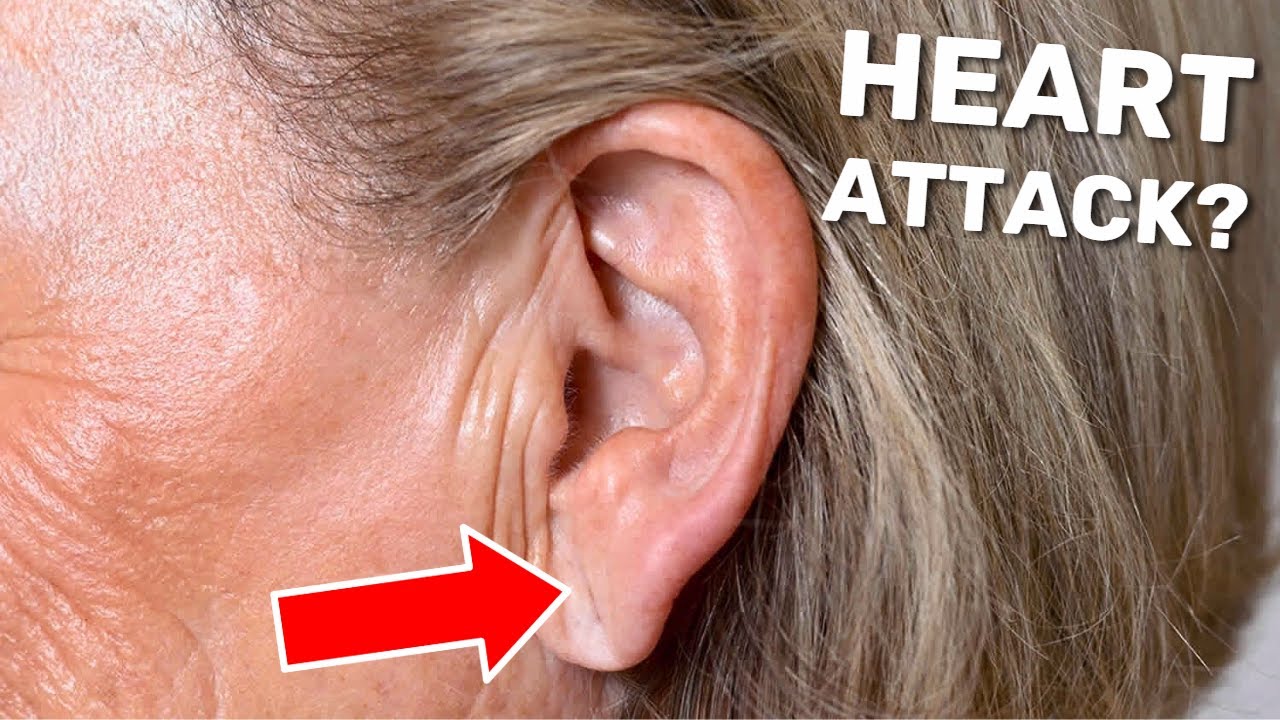
Have you ever noticed a diagonal crease or line on your earlobe? While it might seem like a harmless mark, some research suggests that this feature, often called “Frank’s sign,” could be linked to an increased risk of heart disease.
Understanding Frank’s Sign
Named after Dr. Sanders T. Frank, who first described the sign in a 1973 paper, this line on the earlobe has been intriguing medical professionals for decades. Here’s what you should know about it:
- Association with Heart Disease: Several studies have indicated that a diagonal earlobe crease could be associated with an increased risk of coronary artery disease (CAD). The crease may result from poor blood circulation, a common factor in cardiovascular issues.
- Not a Definitive Indicator: While the presence of this line has been linked to heart disease, it’s not a definitive indicator. Many people with earlobe creases will never develop heart disease, and many without the crease will. Thus, it should not be used as the sole method of diagnosing heart problems.
- Who is Affected?: The earlobe crease can appear in individuals of all ages but is more commonly observed in older adults, aligning with the general risk increase for heart disease with age.
What to Do if You Have an Earlobe Crease
If you notice a diagonal line on your earlobe and are concerned about what it might mean for your health, here’s what you can do:
- Consult a Doctor: If you have other risk factors for heart disease, such as high blood pressure, high cholesterol, a family history of heart problems, or if you are a smoker, discuss the significance of this sign with your healthcare provider.
- Comprehensive Check-Up: Consider getting a comprehensive cardiovascular check-up that includes blood tests, blood pressure monitoring, and potentially even a stress test or a heart imaging study.
- Lifestyle Adjustments: Regardless of the presence of an earlobe crease, adopting a heart-healthy lifestyle is beneficial. This includes eating a balanced diet, engaging in regular physical activity, maintaining a healthy weight, managing stress, and quitting smoking.
Conclusion
While the earlobe crease might be an interesting marker from a medical standpoint, it’s important not to jump to conclusions based solely on its presence. It serves as a reminder of the complexity of heart disease and the multifactorial nature of its risk factors. Regular medical check-ups and a healthy lifestyle are your best strategies for maintaining good heart health.




